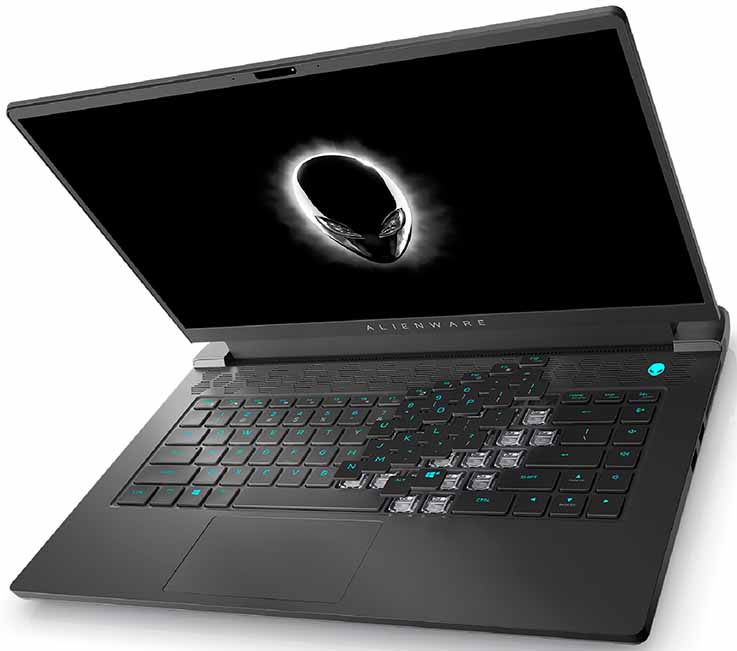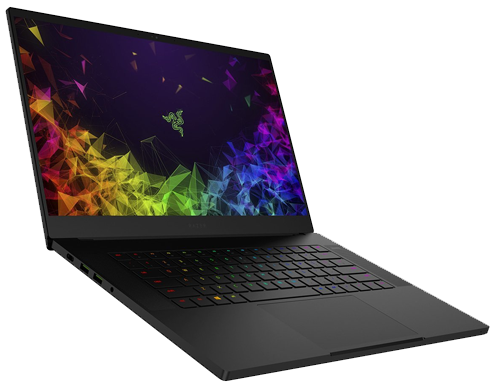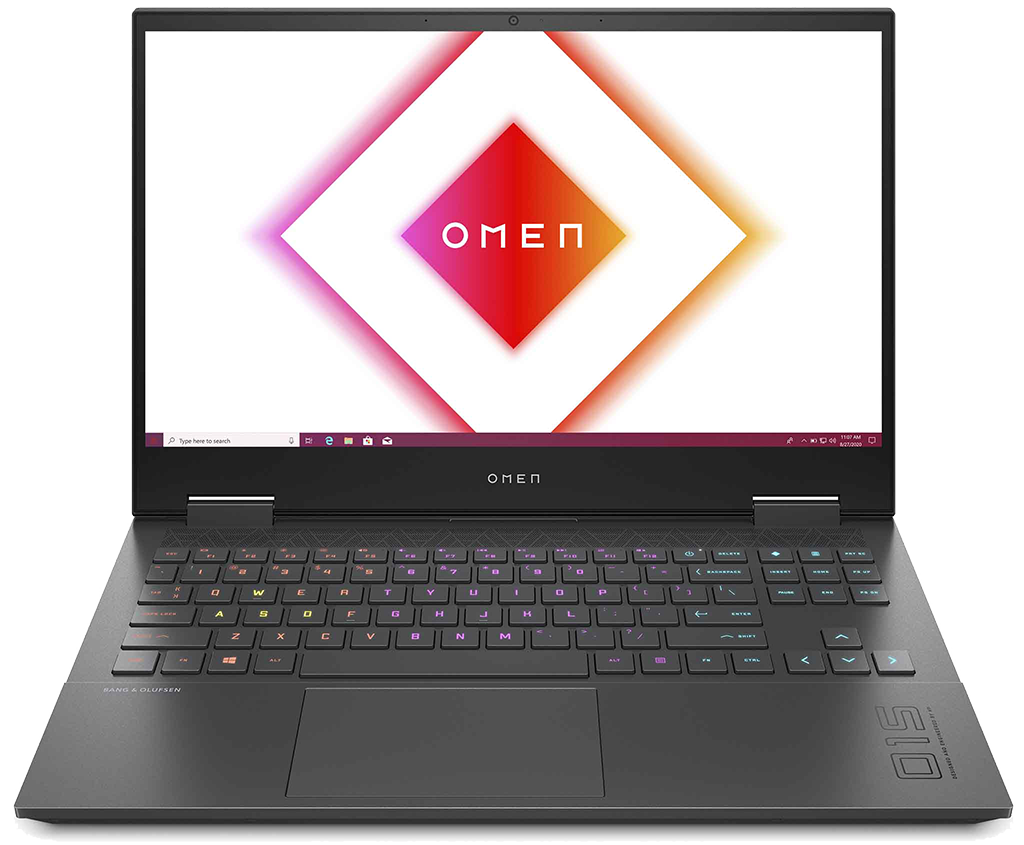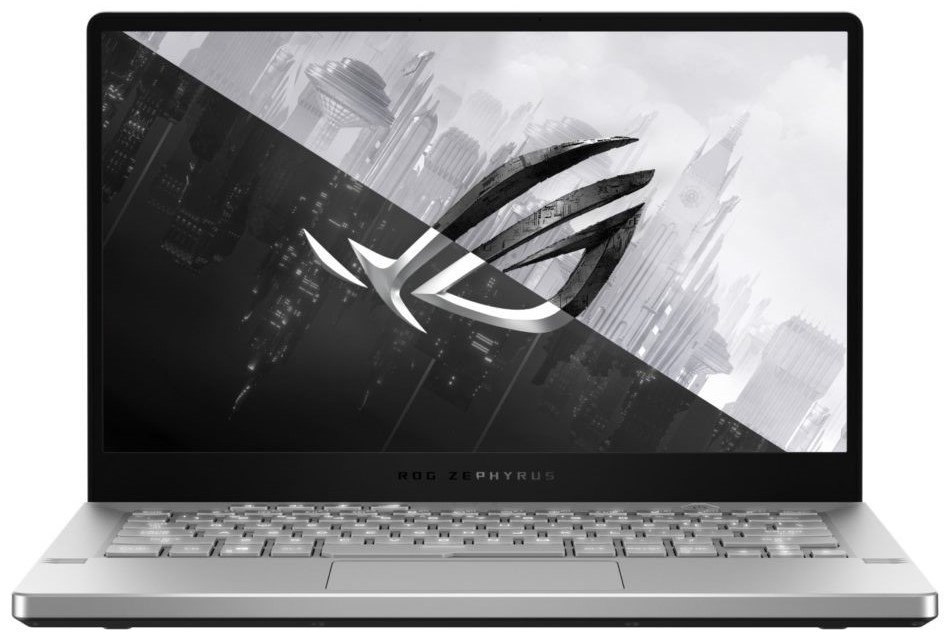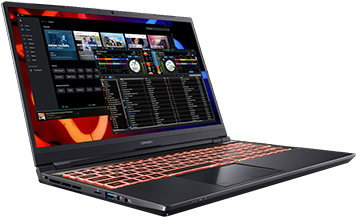
Source: Windows Central
Best
laptops for VR
Windows Central
2021
The Alienware m15 R6 has an impressive mix of performance configuration options, ports, display options, and pricing, making it the best laptop for VR. If it isn’t quite what you’re looking for, there are some other suitable laptops that we’ve rounded up right here, some of which also appear on our list of the very best Windows laptops available today.
Best overall: Dell Alienware m15 R6
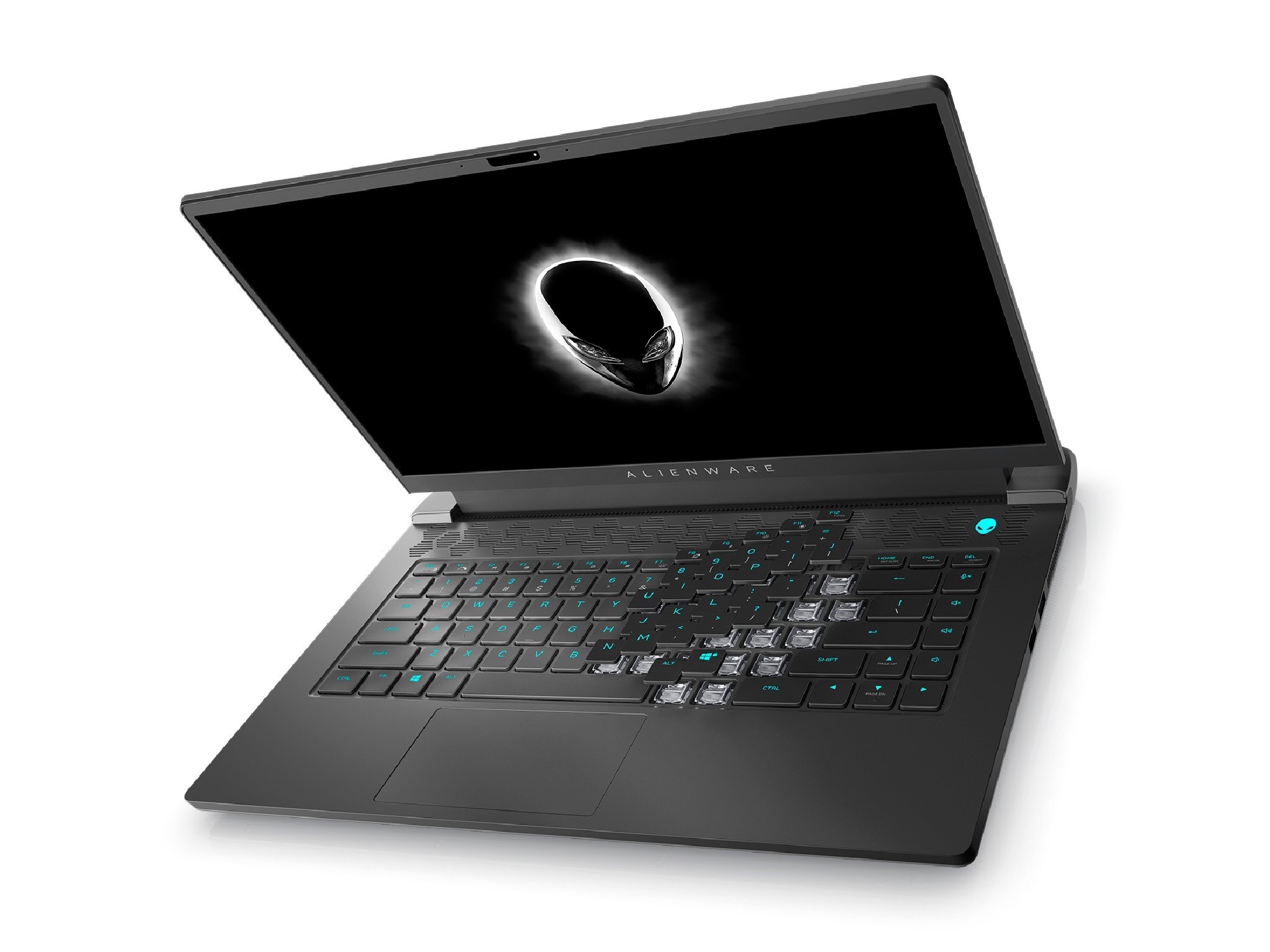
Source: Dell
Dell’s Alienware m15 R6 is an excellent pick for a laptop to power VR. They’re expensive, but they include the latest performance hardware, including NVIDIA RTX 30-series graphics cards (GPU). Configurations are more plentiful now that we’re a few weeks out from initial launch, and you should have no issues getting a beefy setup for handling VR.
Get an 11th Gen Intel Core i7-11800H CPU, 16GB of DDR4 RAM, 1GB M.2 PCIe SSD, and NVIDIA RTX 3070 Laptop GPU, as well as a 15.6-inch display with 2560×1440 (QHD) resolution, 240Hz refresh rate, 2ms response time, and NVIDIA G-Sync capabilities. This particular model comes with an IR camera for Windows Hello, as well as Wi-Fi 6 for fast, reliable wireless internet.
You can also drop down to a NVIDIA RTX 3050 Ti GPU, 8GB of RAM, 256GB SSD, and FHD display with 165Hz refresh rate if you’re looking to save some money. These models start at about $1,274.
Ports include three USB-A 3.2 (Gen 1), Thunderbolt 4, HDMI 2.1, RJ45 Ethernet, and 3.5mm audio. You should be able to connect any head-mounted display (HMD) with, at most, a DisplayPort adapter for newer VR systems. All this in a chassis that measures just 0.5 inches (12.9mm) at its thinnest point and weighs just 5.34 pounds (2.42kg).
Pros:
- Impressive performance
- Plenty of configurations available
- Varied port selection
- Multiple display options
- Sharp design
Cons:
- No AMD option
- Chunkier than some laptops
Runner-up: Razer Blade 15
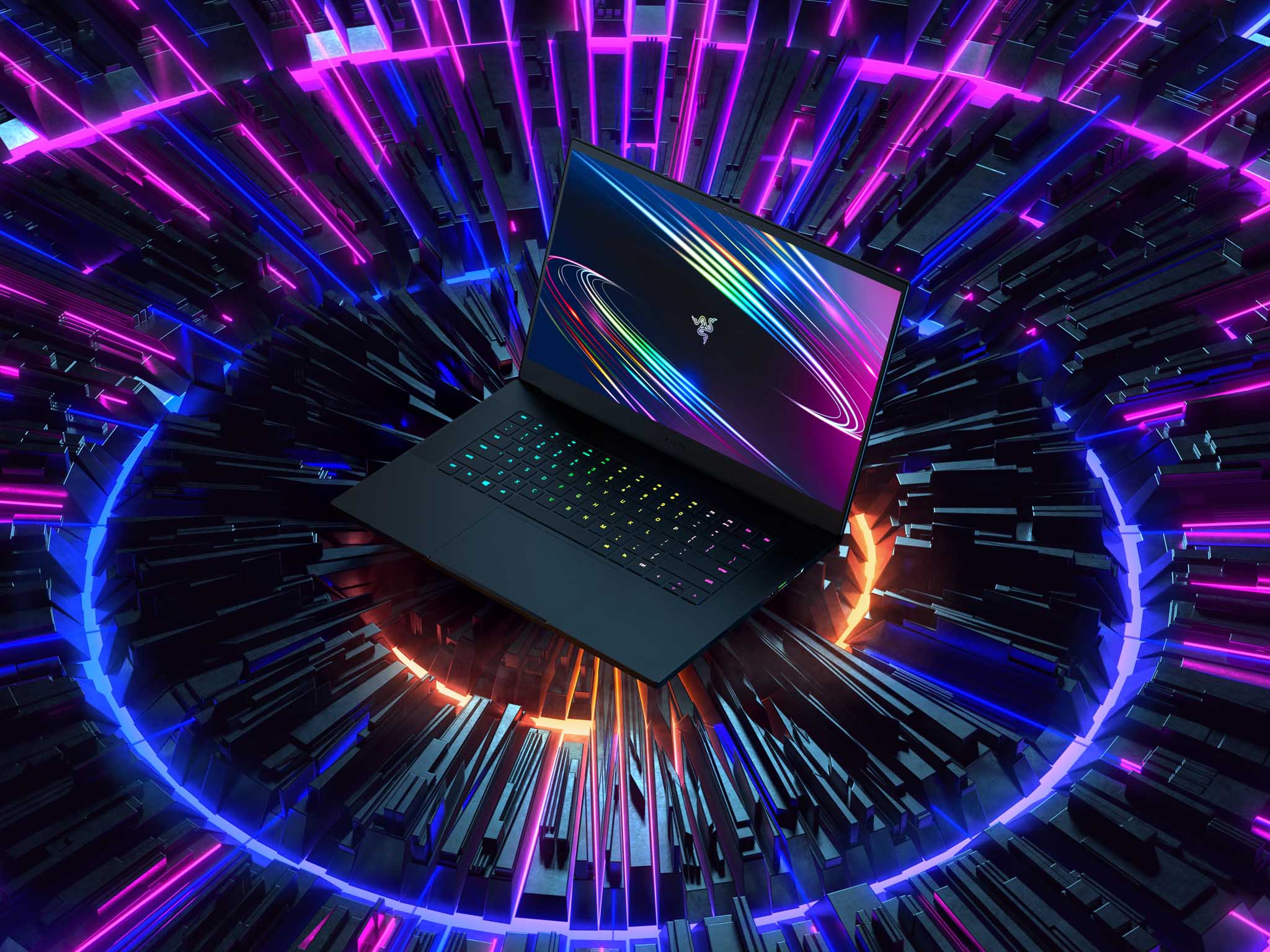
Source: Razer
The Razer Blade 15 is our top pick overall for best gaming laptops, and it’s available in “Base” or “Advanced” models depending on the price you’re willing to pay. After a recent 2021 performance refresh, you can now get the Blade 15 with 11th Gen Intel Core CPUs, PCIe 4.0 storage, and improved FHD webcam.
The Base model has up to an 11th Gen Intel Core i7-11800H CPU, NVIDIA RTX 3070 Laptop GPU, and 16GB of RAM with a 512GB M.2 PCIe SSD with an extra M.2 slot available. On the Advanced side, you can get up to a Core i9-11900H CPU with two extra cores, an NVIDIA RTX 3080 Laptop GPU, 32GB of RAM, and a 1TB M.2 PCIe SSD with an extra M.2 slot available for post-purchase upgrades.
The aluminum chassis has precise angles and measures just 0.78 inches (1.99cm) thin on the Base model, or 0.67 inches (1.7cm) thin on the Advanced model. They have an enormous Precision touchpad and keyboard with RGB lighting to spice things up. As for display options, go with up to OLED 4K touch, QHD with 240Hz refresh rate, or FHD with a 360Hz refresh rate on the Advanced model.
You’ll likely need to invest in a DisplayPort adapter if you’re using a newer VR system, but rest assured, the Blade 15 comes with plenty of ports. HDMI 2.1, Thunderbolt 4, two USB-A 3.2, and USB-C 3.2 should make it easy to connect everything else. Check out our Razer Blade 15 2019 review for a closer look at the previous model.
Pros:
- Thin, premium chassis
- Right ports for VR
- High-end display options available
- RGB keyboard and enormous Precision touchpad
- Huge performance
Cons:
- Runs a bit hot
- Models are expensive
Best value: HP OMEN 15

Source: Windows Central
The HP OMEN 15, with its selection of Intel or AMD hardware and NVIDIA 30-series GPUs, is possibly the best value in portable gaming right now. In my HP OMEN 15 (2020) review, I tested a model with a stunning 4K AMOLED HDR display with 100% sRGB, 95% AdobeRGB, and 100% DCI-P3 color reproduction, as well as more than 500 nits brightness. It’s one of the nicest 4K displays I’ve ever seen.
Models normally come with up to an AMD Ryzen 9 5900HX or Intel Core i7-10750H CPU, as well as up to a NVIDIA RTX 3070 Laptop GPU. Even with the Ryzen 9 and RTX 3070 in a configuration, you’re looking at a very competitive price. Configs are becoming a bit harder to find, but you should still get what you’re looking for.
The cooling system works well without getting loud, and you shouldn’t see any thermal throttling even when stress testing hardware at 100%. The aggressive design has been toned down a lot for a mature look, and though the chassis is a bit thicker than some popular options, it has a great look that can fit into casual and professional environments. If you’re looking to maximize your dollar, this is where you should start.
Pros:
- Near-perfect 4K AMOLED display
- Value pricing
- Unthrottled gaming performance
- Lots of ports
- Good camera and speakers
Cons:
- Keyboard on the mushy side
AMD power: ASUS ROG Zephyrus G14
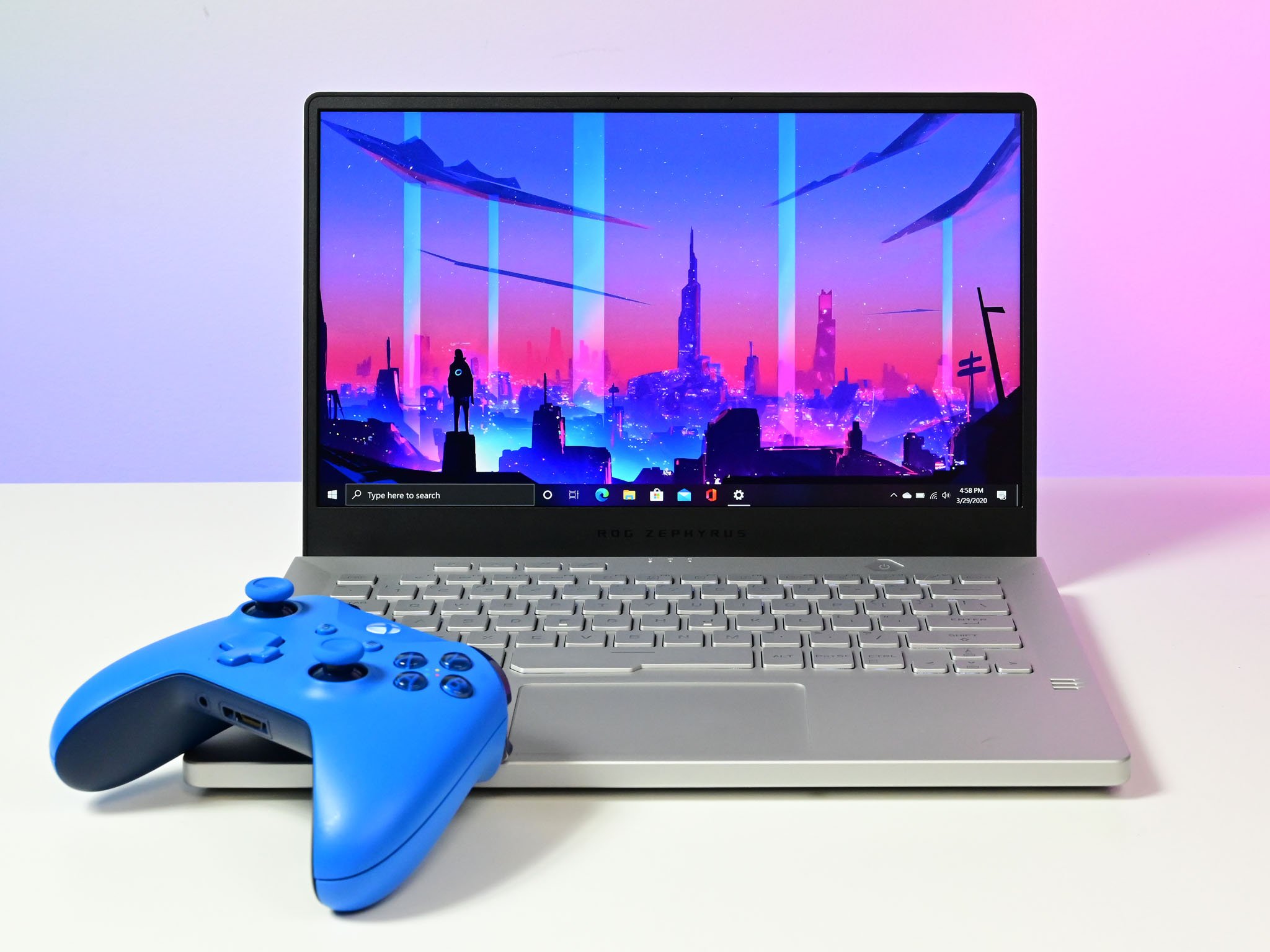
Source: Daniel Rubino / Windows Central
If you’re looking for an AMD-powered gaming laptop for VR, the ASUS ROG Zephyrus G14 is an outstanding option. A model with Ryzen 9 5900HS CPU (a direct competitor to the Intel Core i9 CPU) is going to have more than enough power, thanks to eight cores, 4.6GHz clock speed, and a TDP of just 35W. Pair the CPU with an NVIDIA RTX 3060 Laptop GPU, 16GB of RAM, and a 1TB M.2 SSD for a truly potent laptop.
A 14-inch display with FHD resolution, 144Hz refresh rate, and IPS panel ties it all together, but there’s HDMI out if you’re looking to game on an external monitor. Also included for ports are two USB-C 3.2, two USB-A 3.2, and a 3.5mm audio jack. Wi-Fi 6 is also included instead of an Ethernet port. Depending on your headset, a DisplayPort adapter might be required.
Pros:
- AMD Ryzen 9 is potent
- Thin and light
- Fingerprint reader
- Competitive price
Cons:
- Does run hot
- Some might prefer full 15-inch display
Best 17-inch: MSI GS76 Stealth
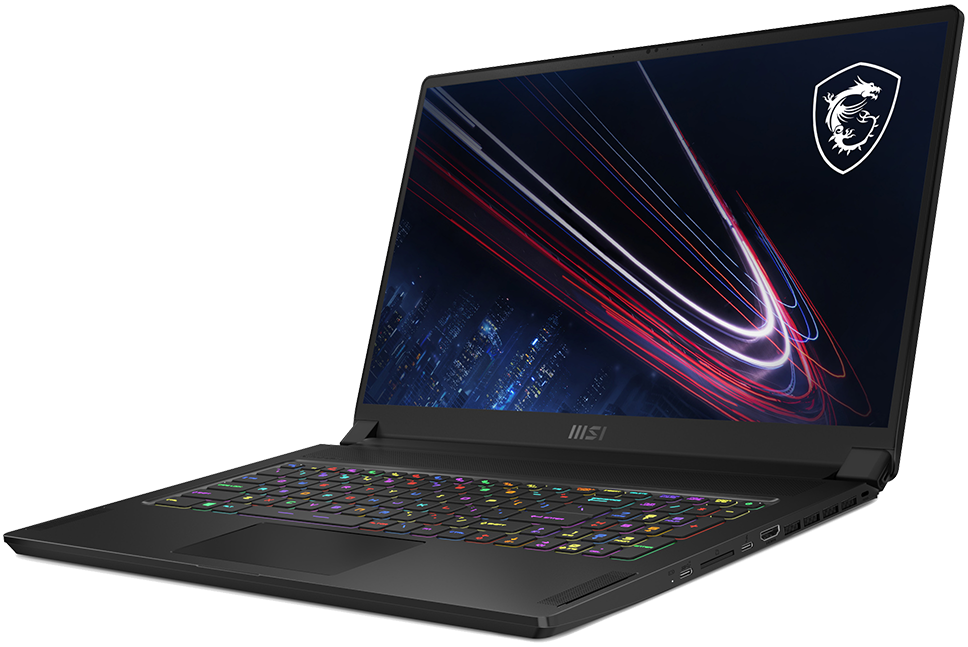
Source: MSI
Part of the reason to buy a VR laptop is for portability, but you also might not want to game on a display that’s any smaller than 15 inches. Enter the MSI GS76 Stealth. This 17.3-inch laptop is just 0.71 inches thin and weighs in at 5.4 pounds, specs usually reserved for a smaller 15-inch laptop. The huge display comes with up to a 360Hz refresh rate at FHD, 240Hz at QHD, or 120Hz at 4K, making it suitable for standard gaming when you’re not wearing a VR headset.
Models come with up to an 11th Gen Intel Core i9 CPU, 64GB of DDR4-3200MHz RAM, PCIe 4.0 M.2 SSD, and NVIDIA RTX 3080 Laptop GPU for extreme performance. You’ll also now get an IR camera for Windows Hello, Killer Wi-Fi 6, and Thunderbolt 4. The keyboard has customizable RGB lighting, and there’s an enormous touchpad.
Pros:
- Huge display with multiple configurations
- Right ports for VR
- Relatively thin and light for form factor
- Excellent performance hardware options
- RGB keyboard and huge touchpad
Cons:
- Quite expensive
- Larger size makes it harder to carry around
Best customization: Origin EVO15-S
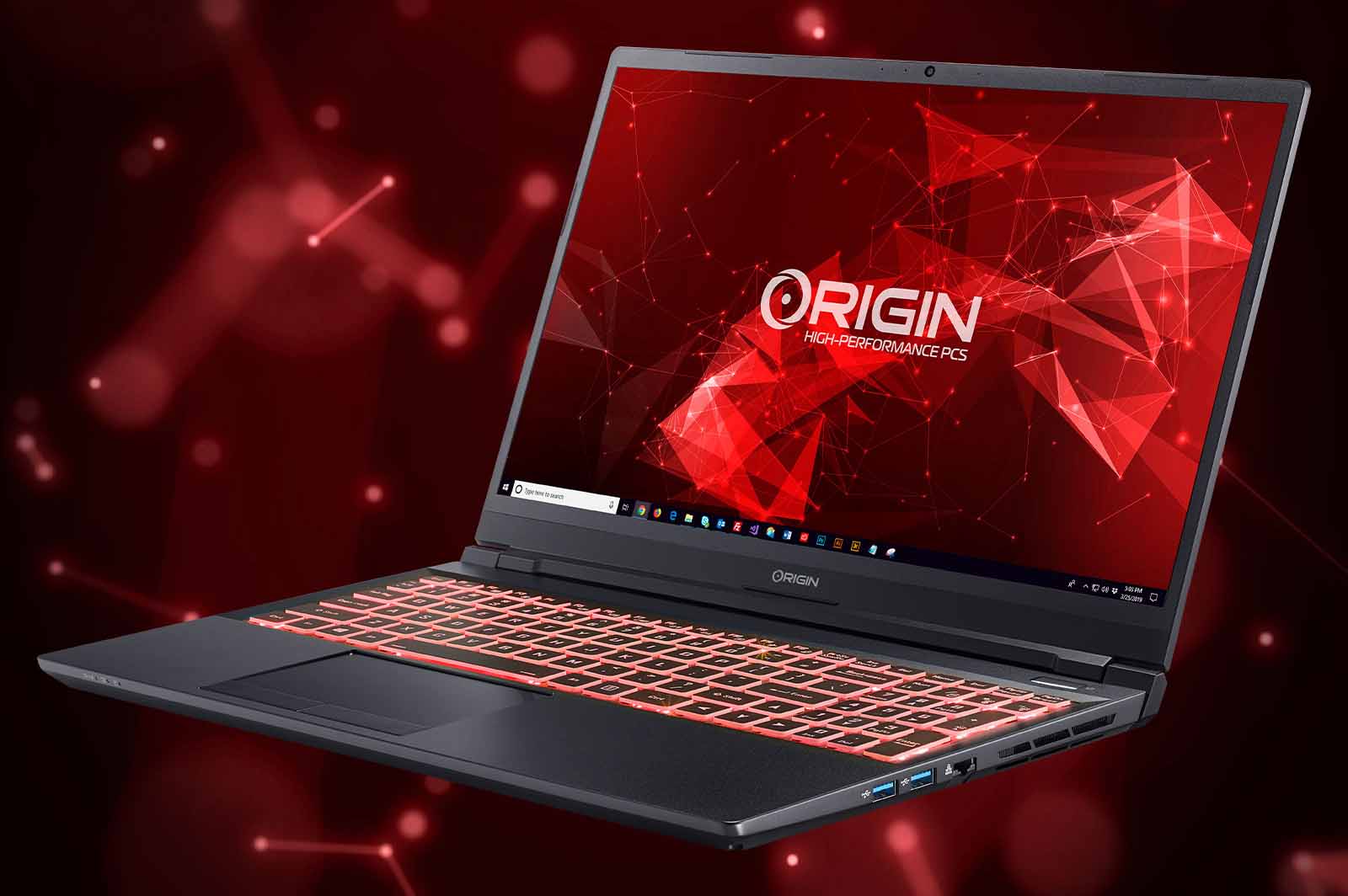
Source: Origin
Buying a laptop generally means you can choose display and performance hardware options. For a lot of people, that’s enough, but those who want to customize every aspect should check out what Origin has to offer. The EVO15-S is a 15.6-inch laptop that weighs 4.4 pounds (1.99kg) and measures 0.77 inches (1.9cm), altogether a compact package with impressive performance options.
Choose a color for the chassis and lid, then move on to hardware. Add up to a 10th Gen Intel Core i7-10870H CPU, NVIDIA RTX 3080 Max-Q GPU, 32GB of RAM, up to 4TB of SSD storage, and numerous extra features like Wi-Fi 6 or a fingerprint reader for extra security. The keyboard has per-key customizable RGB lighting and a smooth glass touchpad when you’re not using an external mouse.
As for 15.6-inch display options, they range from FHD with 144Hz refresh rate all the way up to UHD OLED, with plenty of FHD options at varying refresh rates between. Ports include Thunderbolt 3, Mini DisplayPort 1.3, HDMI, three USB-A 3.2, 3.5mm audio, and Ethernet. If you’re a VR enthusiast and want a laptop that you’ve picked out to fit your needs, Origin’s EVO15-S should make a great choice.
Pros:
- Customize everything to your liking
- Powerful hardware options for VR
- Up to a 4K OLED display
- Plenty of ports
Bottom line
Thanks to an aggressive design, plenty of ports, and high-end performance, Dell’s Alienware m15 R6 is our top pick for a VR-capable laptop. Its price might put it out of reach for casual users, but enthusiasts should feel right at home with the available hardware.
More configuration options will be available in the near future, but for now the main option will easily handle VR. The Alienware m15 is stocked with ports, though newer headsets will likely require a DisplayPort adapter. Be sure to check system requirements for the VR system as well as the games you’d like to play and keep the future in mind as required specs seem only to go up.
If you’d rather stick with a desktop PC, have a look at our roundup of the best desktop PCs for VR, or consider building your own by first picking out one of the best graphics cards available.
Credits — The team that worked on this guide
Cale Hunt is a staff writer at Windows Central. He focuses mainly on PC, laptop, accessory coverage, and the emerging world of VR. He is an avid PC gamer and multi-platform user and spends most of his time either tinkering with or writing about tech.

Sean Endicott is an app enthusiast even though he used Windows Phone for years. He’s on an eternal quest to convert every element of his home into something he can control from his phone. Oh, yeah. He’s also fanatic about VR, especially the Oculus Quest.
We may earn a commission for purchases using our links. Learn more.
